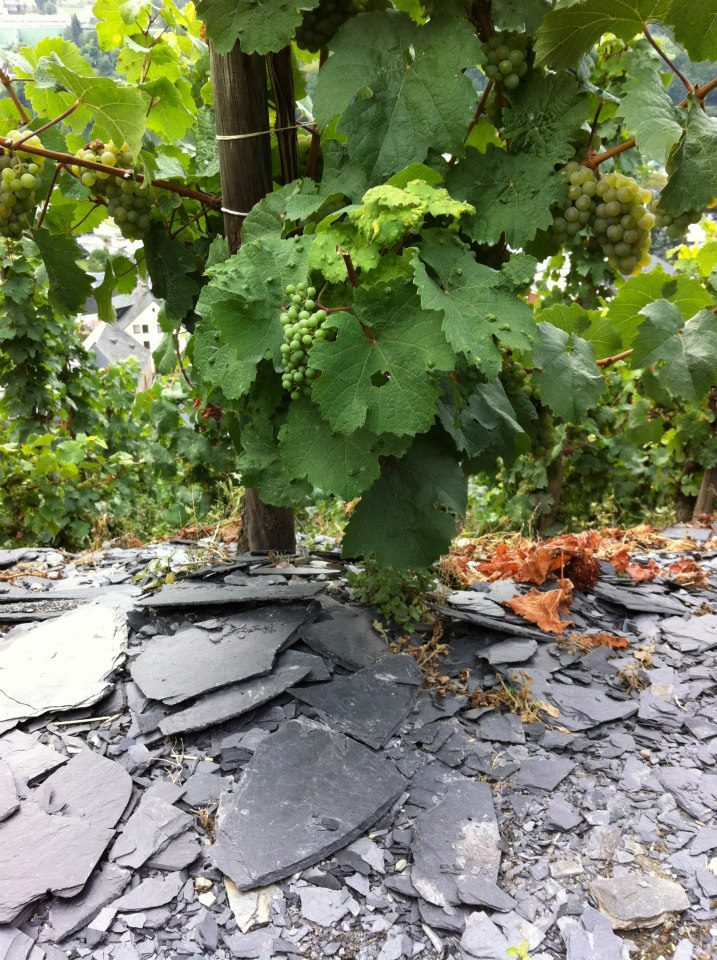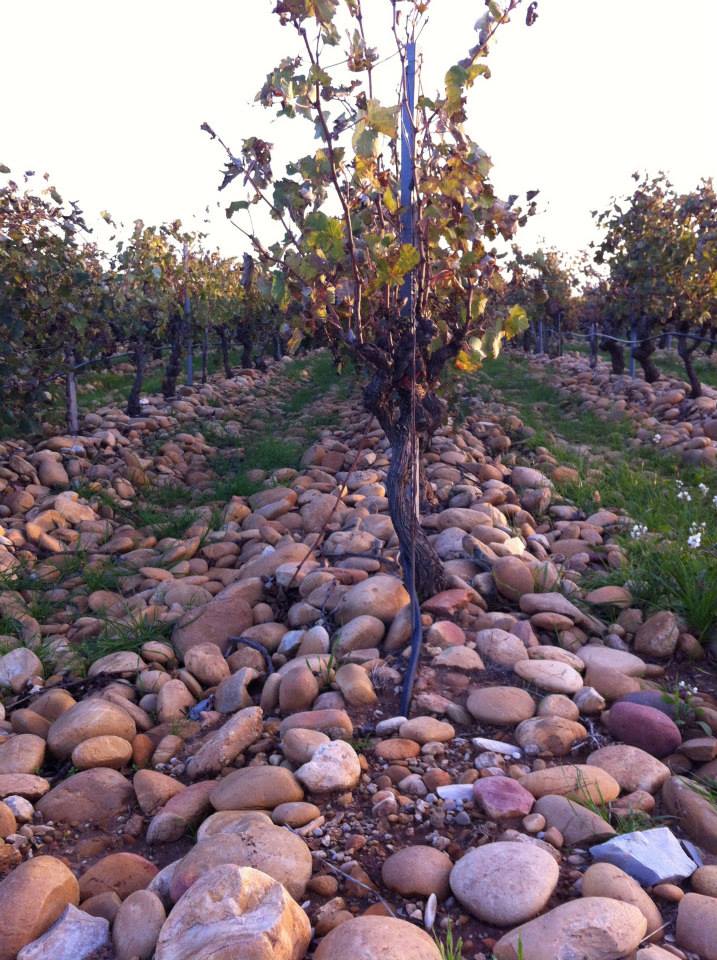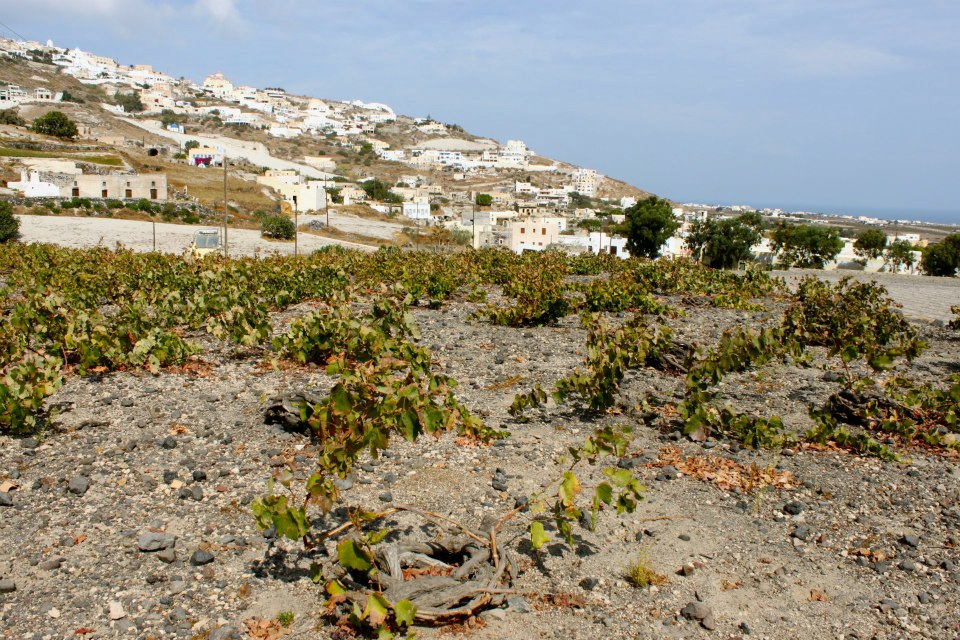Following on from part 1 of our Terroir Series, part 2 covers concept of ‘minerality’ in wine:

“Mystification is simple; clarity is the hardest thing of all.”
–Julian Barnes, Flaubert’s Parrot
McGee and Patterson in a recent article were quick to dismiss the fact that grapes might derive minerality from the soil. Taste in a wine, according to them, must originate from a combination of the inherent flavour of the grape variety and from fermentation aromas and chemical and microbiological reactions. If minerality cannot be transmitted from the soil into the wines it begs the exemplary question why hard water has distinctively different flavours to soft water. Since vines absorb water from the soil, the very soils which are decomposed rock, vegetable, bacterial and mineral matter, may we not surmise that the water will pick up trace mineral elements? The grape is around 80% water give or take, so if mineral salts are dissolved in the water then they are presumably absorbed eventually into the grapes and become aromatised when the sugars are turned into alcohol.
McGee and Patterson point out that sulphur compounds created as a by-product of fermentation also influence the flavour of the wine. This begs further questions whether sufficient compounds have been created for this to make a significant difference, how aromatic the compounds are and what precise flavour profiles they contribute to the wine. Nor does the possibility that we may detect aromatic nuances that may be due to chemical or microbiological interactions diminish the argument in favour of a clear terroir flavour signature deriving from the minerals in the earth. Whilst the actual juice of the grape may be transformed by process, the underlying mineral flavours may still be embedded. For example, if you cook a chicken which is reared on a particular diet, the act of cooking will change the molecular composition of the chicken and concentrate flavours in a certain way, but you will still be able to taste the fact that the chicken was reared on that diet.
Scientific assertions seem to raise more questions than they answer. Wine may be analysed every which way, poked, prodded and put under a microscope. People’s palates may also be analysed, but individuals are more problematic and their impressions, filtered through opinion and previous experience, are more unreliable, by definition. There is a collision between what science tells us is viable and what an individual believes he or she is tasting.

But from research to date, it is suggested that the concentration of these minerals in wine is too low to noticeably influence its main organoleptic characteristics. Consequently its impact is restricted to providing nutrients for vine growth.
Wines from famous wine regions like Chablis, Puligny-Montrachet, Meursault, Pouilly-Fumé, Sancerre and Priorat (among others), are classic illustrations of wines with minerality. But this is not to say that scientific evidence exists pointing to a direct relation between the soil and the flavor of a wine. In other words, even though, for example, intense minerality can be detected in the flavors of a Mosel Riesling, this flavor does not come directly from the slatey soils. The same case applies to Santorini’s Assyrtiko where intense minerality is not a result of the island’s famous volcanic soils. So it appears that the composition of the soil — whether it is clay, limestone, granite, etc. — does not affect the aromas and flavors of the wine in the same way.

The argument propounded by McGee and Patterson is that the mineral composition of the soil only influences flavour where it becomes the catalyst in a chemical transformation. So it is really all to do with benzyl mercaptans contributing to the gunflint and smoky aromas present in wines made mostly from Chardonnay, Sauvignon Blanc and Sémillon grapes. Consequently, we need to understand that minerality is tied to the presence of sulphur compounds in a wine rather than influenced by the specific soil of a wine region. This argument is every bit as reductive as the wine, for these compounds evidently (magically) mimic the very soils in which the vines grow. Even more remarkable is that different grapes – Greco, Assyrtiko, Zibibbo – when grown on volcanic soils, coincidentally happen to produce the identical volcanic-tasting sulphur compounds.
If we are entirely to dismiss the influence of terroir then we should also examine wines which are made in an identical fashion, using the same grape variety, trellising and canopy management systems, picked on the same day and fermented in vats at identical temperatures. Yet the aromas and flavours of the wines are demonstrably different – seeming to accord with the specific nature of the terroir from they originate. And the winemaker may either showcase the expression of a unique location: in other words create a single vineyard wine (microclimatic terroir), or blend various wines from different vineyards together, yet an experienced taster can still pick out the various notes in the blend, just as someone who listens to music may discern different instruments in an orchestral piece even when they are all playing together.
To gauge how tasters perceive minerality I conducted a scrupulously non-scientific test. My guinea pigs were given six wines made from grapes from vines grown on the following soil types: limestone; granite; slate; flint; volcanic and iron-rich soils. They were then asked to describe the terroir (or soil type) that each wine reminded them of. The test was completely blind – no indications were given about the wines or the kinds of soil/rock that might be involved. After this particular exercise they were given three wines from a single appellation from three discrete terroirs and once again asked to differentiate between the different soil types.
The hit rate was almost 100% in both tests. A wine grown on granitic soils will effortlessly remind the taster of granite, ditto slate, volcanic etc. Of course, much as I would like to slate McGee & Co, one cannot take it for granite that this test constitutes any form of iron-clad evidence.
*Stay tuned for the final part of our Terroir series, ‘Salt of the Earth’ coming soon!


Pingback: Salts of the earth
It would seem that with minerality, you either get it ore you don’t!
haha good one Fabio!!